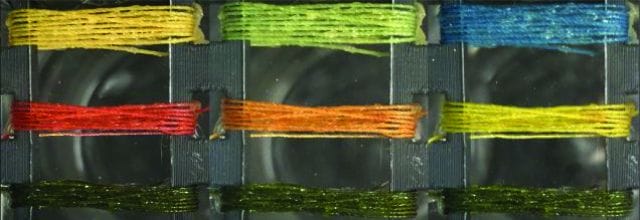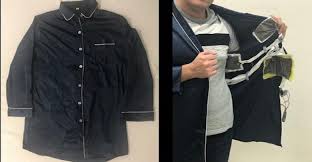As ordinary textiles steadily evolve into smart fabrics, what seems like fiction today is rapidly becoming a reality. We are witnessing the kind of textile innovation that is introducing us to materials that can communicate, transform, conduct energy and even grow. It is these advances that have many of us looking forward to a wardrobe that will include clothes that can respond to our needs, whether it be neutralizing our sweat or letting us know when our blood sugar is low.
With enhanced capabilities on the horizon, the growth of fabric-related technology, promises something that traditional fabrics cannot; this is why we should expect what happened to the mobile phone in the last 15 years, to most likely occur to textiles in the next 15. Here are five innovations that you should keep your eye on in 2021.
What are Smart Fabrics?
What is the Future of Fabric?
 Smart Textiles That Turn Clothes Into An Automatic Thermoregulation System
Smart Textiles That Turn Clothes Into An Automatic Thermoregulation System
Imagine wearing a garment made of a fabric that will not only keep you warm; it will also keep you cool. Most smart fabrics can do one or the other, but metatextile created by YuHuang Wang, who led the study at the University of Maryland in the US, does both, a first in the intelligent textiles space.
Knitted from a yarn of triacetate cellulose, metatextile is the first textile that can dynamically gate infrared radiation turning your clothes into an automatic thermoregulation system. It’s main function is to be dynamically responsive to one’s personal thermal discomfort.
On this achievement Ray Baughman, a nanotechnology expert developing CNT yarns at the University of Texas, US, comments: “No one before had found a way to switch both the porosity and infrared transparency of a textile to provide increased comfort in response to environmental conditions.”
Dyed Threads That Change Colour When Gases Are Detected
Imagine intelligent threads woven into your clothing, that are capable of detecting certain gases. Just the idea of such innovation sounds quite science fiction, but it is not. Engineers at Tufts University, the brains behind this innovation, used a method that effectively traps the dye to the thread, rather than relying on binding chemistry. The change is not only visible to the naked eye; you can also use your smartphone to detect the thread’s change in colour in a more precise manner.
Taking a closer look, the thread’s ‘superpowers’ were created using several chemicals and materials including, a manganese-based dye, MnTPP, methyl red, and bromothymol blue. “The dyes we used work in different ways so that we can detect gases with different chemistries,” said Sameer Sonkusale, professor of electrical and computer engineering at Tufts University’s School of Engineering who heads the Nano Lab at Tufts and is the corresponding author of the study.
Highly applicable in most workforces like the military, medical, and industrial applications, the engineers behind the gas detecting textiles have stressed that the reusable threads have not been designed to replace existing technologies that are already being used to detect gases.
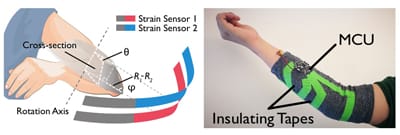
An Inexpensive Motion-sensing Smart Fabric
There is a smart fabric designed to help athletes and physical therapy patients correct arm angles, optimising their performance, reducing injury and accelerating recovery. Bragging sensing technology the motion-capture textile is lightweight, washable and eliminates the need for around-the-clock professional observation.
Taking a minimalist approach, of using low-cost, off-the-shelf fabrics in the $50.00 range, the computer science research team at Dartmouth College used a fabric made with nylon, elastic fibre and yarns plated with a thin silver layer for conductivity. Relying on stretchable fabric to sense skin deformation and the pressure fabrics to sense the pressure during joint motion, the prototypes were tailored in two sizes and fitted with a micro-controller that can be easily detached to receive data on fabric resistance.
Pyjamas Designed With Textile Patches with Embedded Sensors
A team of researchers led by the University of Massachusetts, Amherst chemistry professor Trisha Andrews have come up with Phyjama, a prototype that boasts five discrete and strategically placed textile patches with embedded sensors. Four of the patches are piezoelectric and can detect constant pressures like that of a person’s body against a bed. The wires from each patch attach to a tiny circuit board disguised as a button.
The smart pyjamas have been mainly designed to monitor the wearer’s heartbeat, breathing, and sleep posture. The collected data is then wirelessly sent to a receiver using a small Bluetooth transmitter housed in the circuitry. On the invention, Andrews explained, “Unlike most electronic wearables, the vapour-deposited electronic polymer films are wash-and-wear stable. And they withstand mechanically demanding textile manufacturing routines.”
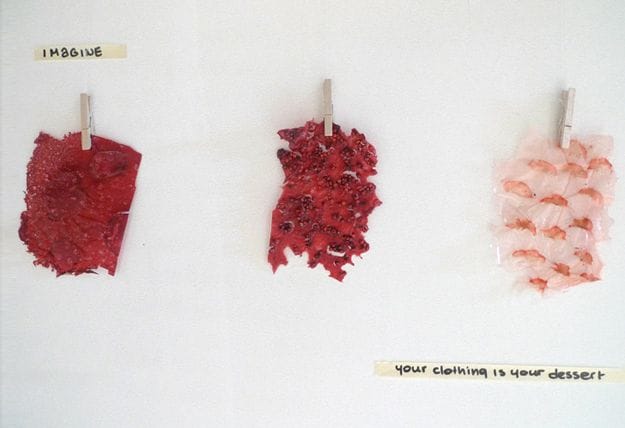
Edible Textile Composed of Consumable Materials
Clothing Research Centre in North Korea has come up with an edible clothing line. Convinced that there could be some value to edible clothing, the collection is made up of button-up formal shirts, produced with “intelligent sleeves” that allegedly monitor the health of the wearer.
Composed of consumable materials like high-grade protein, amino acids, fruit juice, magnesium, iron and calcium, I am not quite sure whether edible clothing, should be considered smart clothing. I mean how smart it is to be able to eat your clothes? I guess it is an excellent way to cut down on waste.
Conclusion
As technology continues to advance and new innovations enter the market, smart fabrics will revolutionize the way brands and retailers think about new product launches. It will also present new opportunities to connect end-consumers to the supply chain data associated with the products they buy. 

Considered to be one of the leading influencers speaking and writing about the merger of fashion with technology and wearable technology, Muchaneta has been featured in the Huffington Post, Elle, Glossy, TechCrunch, and more. Learn more about Muchaneta.
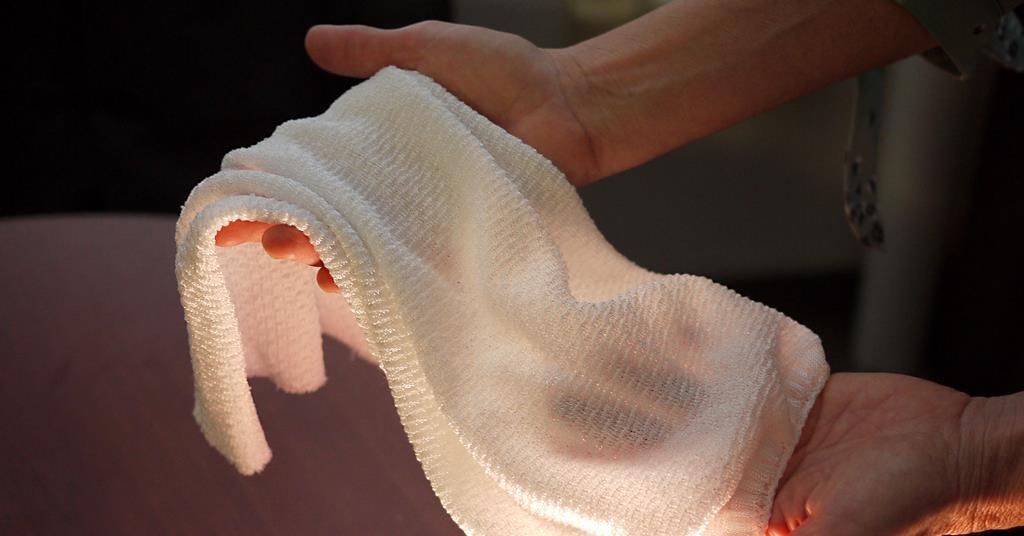 Smart Textiles That Turn Clothes Into An Automatic Thermoregulation System
Smart Textiles That Turn Clothes Into An Automatic Thermoregulation System